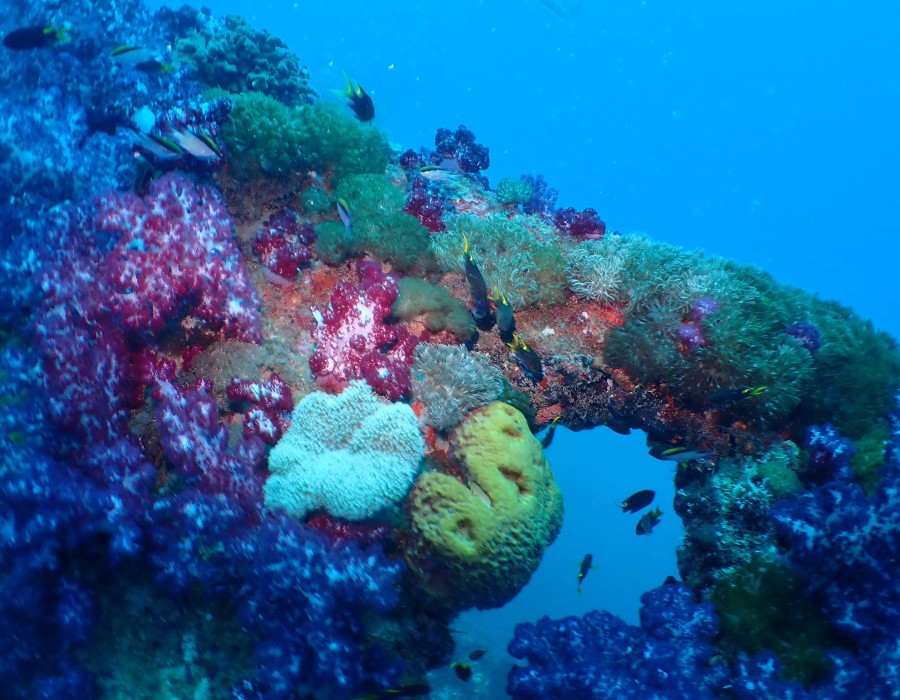As a conservation enthusiast with a keen interest in the fragility of coral ecosystems, the Great Barrier Reef – the world's largest coral reef – has always been at the top of my exploration list. Recently, I had the opportunity to go scuba diving in this extraordinary underwater world, an experience that was both exhilarating and enlightening.
Stretching over 2,300 kilometres along the northeastern coast of Australia, the Great Barrier Reef is a UNESCO World Heritage site, often considered the epitome of marine biodiversity. As I descended into the clear turquoise waters, I was greeted by a kaleidoscope of colours. From the delicate anemones swaying with the currents to schools of vibrantly coloured fish darting between the coral branches, the scene was an undeniable testament to the intricate web of life.
Scuba diving the Great barrier reef shows you the fragility of the reef
Yet, beneath this dazzling display lurked a silent crisis. Coral bleaching events, caused by rising sea temperatures due to global warming, have dramatically impacted the health of this reef. The stark contrast between the vibrant sections and the bleached, ghostly parts of the reef was a solemn reminder of the urgency of conservation efforts.
As I continued my exploration, I began to reflect on a research study I had read recently on the Red Sea's coral reefs. Geographically isolated, the Red Sea coral reefs have evolved in a distinct ecosystem, which has interestingly resulted in some coral species displaying a greater resistance to rising temperatures. This has sparked a beacon of hope amidst the conservation community, including myself.
These Red Sea corals appear to have adapted to survive in warmer, more saline waters due to their exposure to extreme conditions over thousands of years. The intriguing possibility is that these hardy corals might hold the key to understanding how to build resilience in threatened coral ecosystems globally, including the Great Barrier Reef.
With the findings from the Red Sea research, scientists are now probing into the genetic makeup of these resilient corals, hoping to apply this knowledge in the preservation and restoration of the Great Barrier Reef.
The potential to cross-fertilize species or implement assisted evolution is an exciting prospect for conservationists. It brings a hopeful horizon in our fight against coral reef degradation due to climate change.
Yet, while science may provide us with some solutions, the real answer lies in addressing the root causes of global warming. The plight of the Great Barrier Reef, and other reefs globally, is a vivid reminder of the urgent need for significant reduction in greenhouse gas emissions and the adoption of more sustainable practices.
Diving the Great Barrier Reef was indeed a roller coaster of emotions – from the sheer awe of its biodiversity to the sobering reality of its vulnerability. But it has reinforced my resolve to champion conservation, the importance of research, and the need to combat climate change. There's a great resource for diving tips for the great barrier reef that I used for my diving trip there
The Red Sea research findings provide us with a promising lead, but the race against time to save our global coral reefs is far from over. As I surfaced from my dive, I was left with an indelible impression and a renewed sense of purpose.
The Great Barrier Reef isn't just an underwater marvel; it's a clarion call for our commitment to the planet and future generations. Our actions today will determine the fate of these extraordinary ecosystems, and the myriad of life that depends on them.





Comments